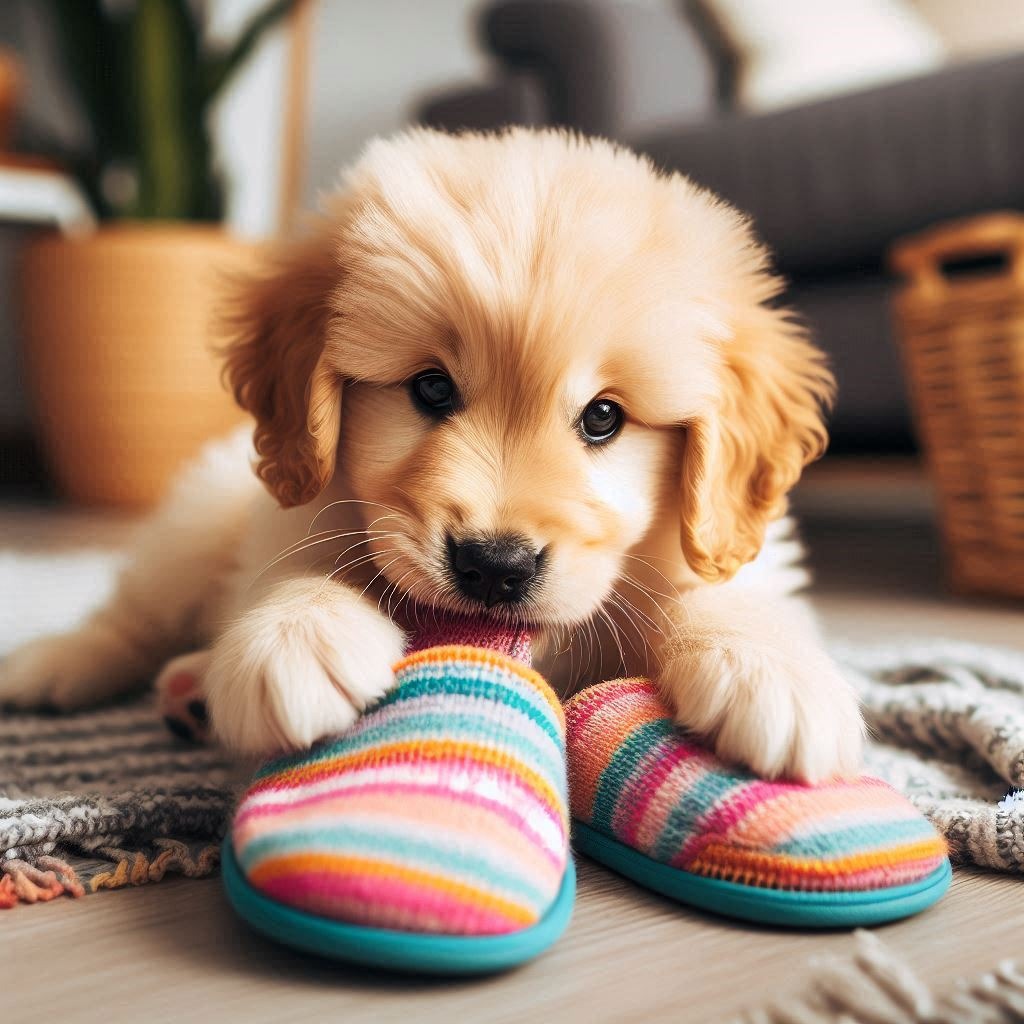Teaching a puppy not to bite is crucial for their development and your safety. Follow these effective steps to curb this behavior:

#1 – Start Early
Begin training as soon as you bring your puppy home. Early intervention helps establish good habits.
#2 – Provide Chew Toys
Offer appropriate chew toys to satisfy your puppy’s natural urge to bite. Rotate toys to keep them interesting.
#3 – Use Positive Reinforcement
Reward your puppy with treats and praise when they chew on their toys instead of your hands or furniture. Positive reinforcement encourages good behavior.
#4 – Respond to Bites
When your puppy bites, make a high-pitched yelp to mimic how another puppy would react. Immediately stop playing and ignore your puppy for a few moments. This teaches them that biting ends playtime.
#5 – Redirect Attention
If your puppy starts biting, redirect their attention to a toy or activity. Consistent redirection helps them learn what is acceptable to bite.
#6 – Socialize Your Puppy
Expose your puppy to different people, animals, and environments. Socialization helps them learn how to interact properly and reduces biting out of fear or excitement.
#7 – Be Consistent
Ensure everyone in your household follows the same rules and training techniques. Consistency is key to successful training.
#8 – Enroll in Puppy Classes
Consider enrolling your puppy in obedience classes. Professional trainers can provide additional guidance and support.
#9 – Avoid Punishment
Never hit or harshly scold your puppy for biting. This can lead to fear and aggression. Focus on positive reinforcement and redirection instead.
#10 – Patience and Persistence
Training takes time and patience. Be persistent and patient with your puppy as they learn.
By following these steps, you can teach your puppy not to bite and foster a well-behaved, happy companion.
